Drone incursions spur NATO ‘Eastern Sentry’ air defense operation on eastern flank

Amazon Drone Deals: DJI Mini 5 Pro Fly More Combo with DJI RC2 now for $1,099!
NATO launched the Eastern Sentry operation on Friday to bolster air and missile defenses along Europe’s eastern flank after Russian drones crossed into Polish airspace this week, an incident NATO chief Mark Rutte called “reckless and unacceptable.” The military activity begins in the coming days with allied assets from Denmark, France, the United Kingdom, Germany and others, Rutte said at NATO headquarters in Brussels, in response to the first known instance of a NATO member shooting down hostile drones since Russia’s 2022 invasion of Ukraine, according to Reuters reporting.
The move follows Polish and allied intercepts of multiple drones that violated Poland’s airspace early Wednesday, with Warsaw rejecting Moscow’s claim that strikes were aimed only at Ukraine and insisting the incursion was deliberate. U.S. officials told the U.N. Security Council the United States would “defend every inch of NATO territory,” while NATO underscored the operation’s goal: signal resolve and strengthen defense posture along the entire eastern arc from the Baltics to the Black Sea.
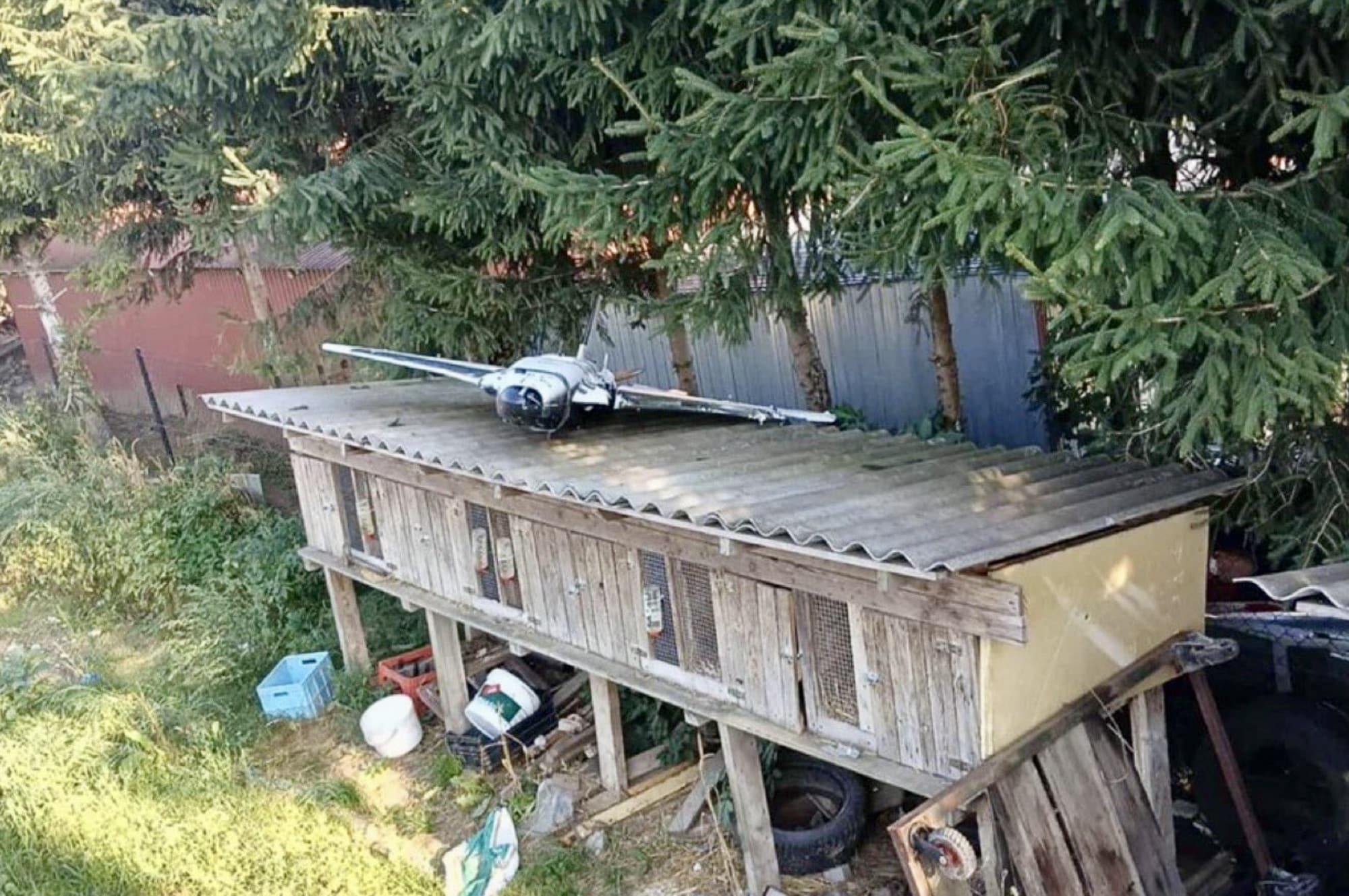
Why Eastern Sentry matters
NATO’s top commander, U.S. Air Force Gen. Alexus Grynkewich, said Eastern Sentry is designed to be a flexible, integrated response across the eastern flank—adjusting posture dynamically to keep adversaries off balance and respond to emerging threats in real time. While NATO already fields thousands of troops in Eastern Europe, the alliance did not disclose additional troop numbers tied to the new operation, emphasizing agility over static deployments.
Allied contributions and air assets
Initial contributions include two F-16 fighter jets and a frigate from Denmark, three Rafale fighters from France, and four Eurofighter jets from Germany, augmenting existing air policing and air defense rotations. France separately announced Rafales to help safeguard Polish airspace, while Germany signaled expanded air policing and forward presence measures in the region. These steps complement Poland’s rapid intercepts and debris recovery after several drones were shot down and others crashed across eastern Poland.
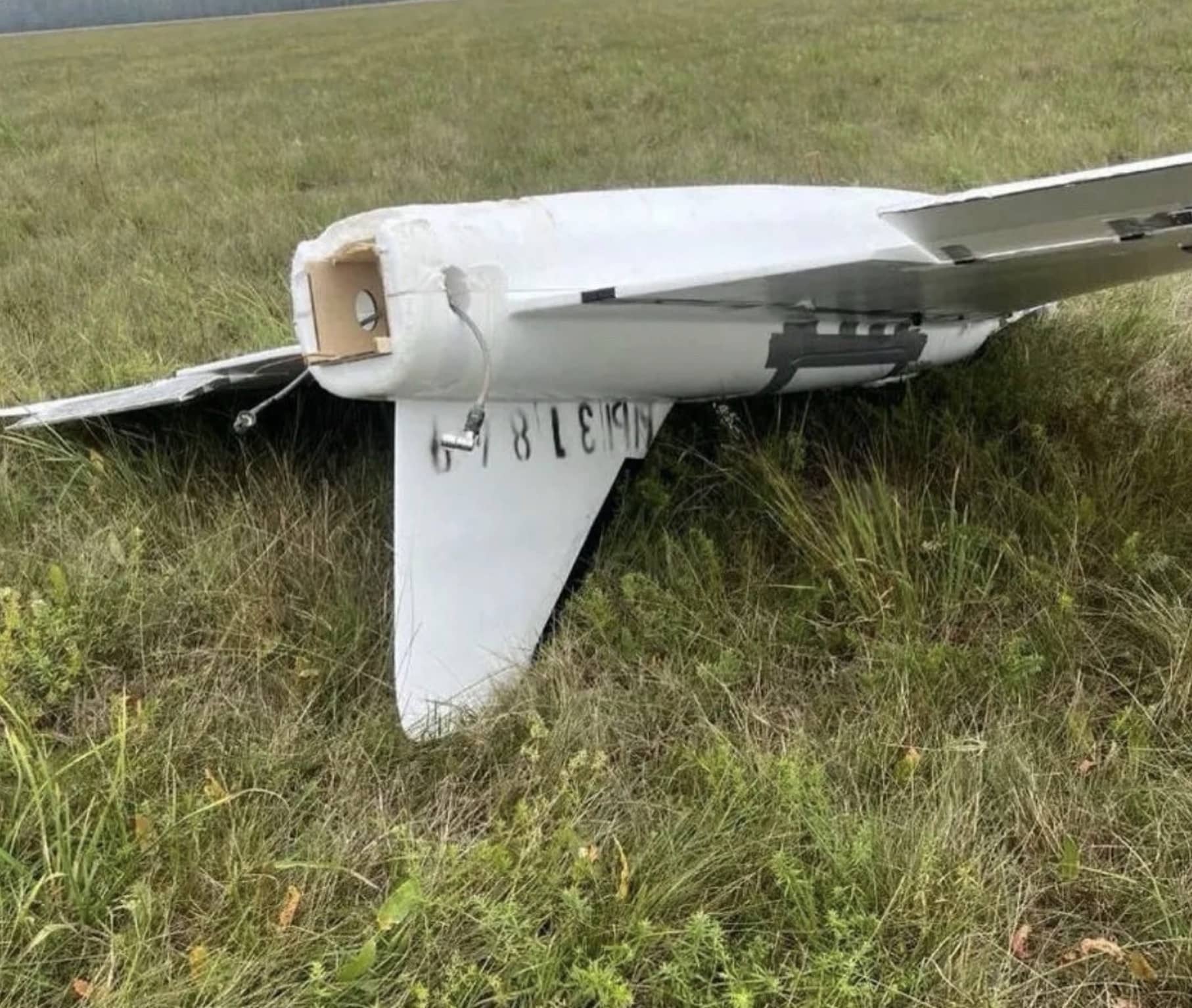
What happened in Poland?
Poland and allied NATO aircraft—including F-16s and supporting surveillance and tanker platforms—engaged drones that entered from Tuesday night into early Wednesday, marking a first-of-its-kind kinetic response by a NATO member in the war’s context. Polish leaders called the episode a test of NATO readiness; damage from drone debris was recorded at multiple sites, intensifying calls in Warsaw for tighter air defense integration and accelerated allied support.
Intent and diplomatic fallout
Rutte said NATO is still assessing intent but labeled Russia’s actions “reckless and unacceptable” regardless of motive; Russia claimed strikes targeted Ukraine and denied aiming at Poland. Poland dismissed suggestions the incursions were accidental, pressing its case at the U.N. and drawing allied statements of solidarity, while NATO’s Eastern Sentry aims to deter repeat violations through persistent, adaptive air and maritime presence.
What to watch next
NATO signaled more announcements “in the coming days” as assets flow to the region and patrol patterns are optimized from the Baltic states down to Romania and Bulgaria—roughly 1,000–1,200 miles of contiguous frontline airspace. Officials framed the shift as moving from static defense to flexible deterrence—surging fighters, sensors, and maritime platforms to specific hotspots as threats emerge.
DroneXL’s Take
Eastern Sentry is a tangible test of NATO’s air defense integration against small, fast, low-flying drones that can exploit gaps between radar coverage and national borders. Key questions now: Will NATO standardize counter-UAS tactics and data-sharing across the flank, and will allies surge multi-layer defenses—from fighters and SAMs to EW and mobile counter-drone systems—to meet a threat that can appear and vanish within minutes? The credibility of deterrence will hinge on sustained readiness, clear rules of engagement, and rapid, transparent attribution when airspace is violated. Share perspectives in the comments on how NATO should evolve counter-drone playbooks and sensor networks after Poland’s intercepts.
Discover more from DroneXL.co
Subscribe to get the latest posts sent to your email.
Check out our Classic Line of T-Shirts, Polos, Hoodies and more in our new store today!

MAKE YOUR VOICE HEARD
Proposed legislation threatens your ability to use drones for fun, work, and safety. The Drone Advocacy Alliance is fighting to ensure your voice is heard in these critical policy discussions.Join us and tell your elected officials to protect your right to fly.
Get your Part 107 Certificate
Pass the Part 107 test and take to the skies with the Pilot Institute. We have helped thousands of people become airplane and commercial drone pilots. Our courses are designed by industry experts to help you pass FAA tests and achieve your dreams.

Copyright © DroneXL.co 2025. All rights reserved. The content, images, and intellectual property on this website are protected by copyright law. Reproduction or distribution of any material without prior written permission from DroneXL.co is strictly prohibited. For permissions and inquiries, please contact us first. DroneXL.co is a proud partner of the Drone Advocacy Alliance. Be sure to check out DroneXL's sister site, EVXL.co, for all the latest news on electric vehicles.
FTC: DroneXL.co is an Amazon Associate and uses affiliate links that can generate income from qualifying purchases. We do not sell, share, rent out, or spam your email.










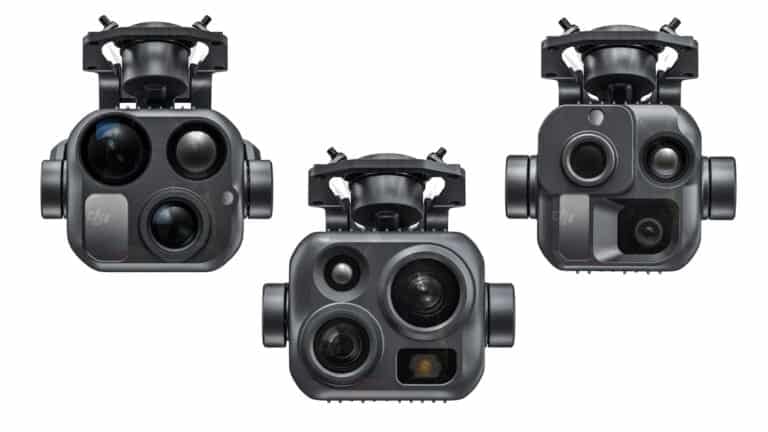
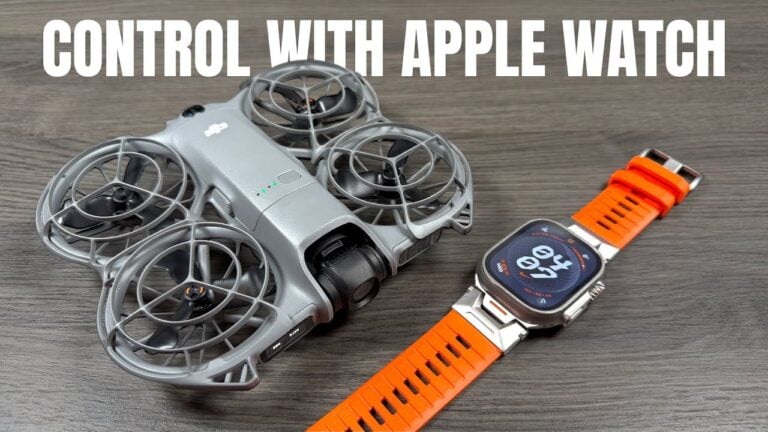



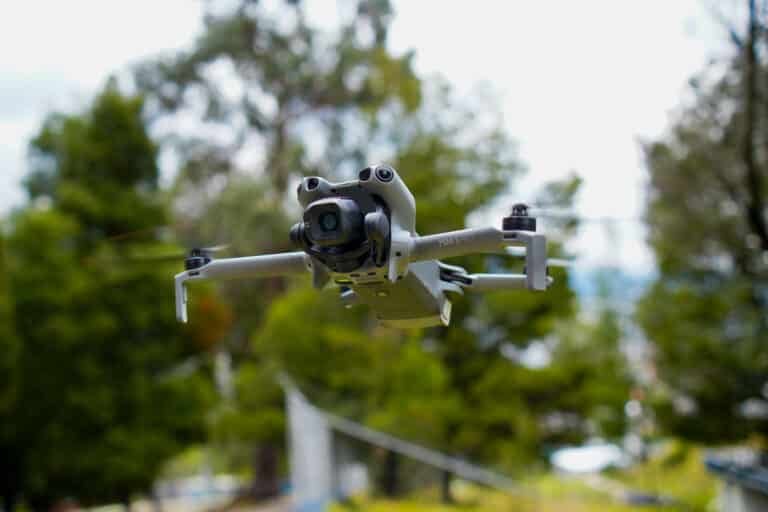
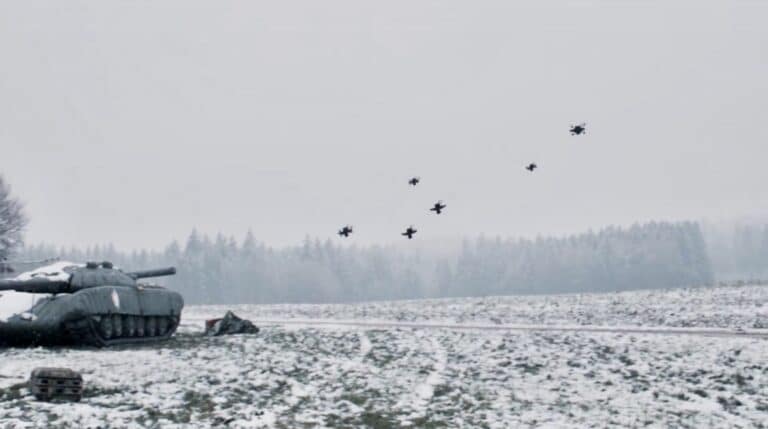
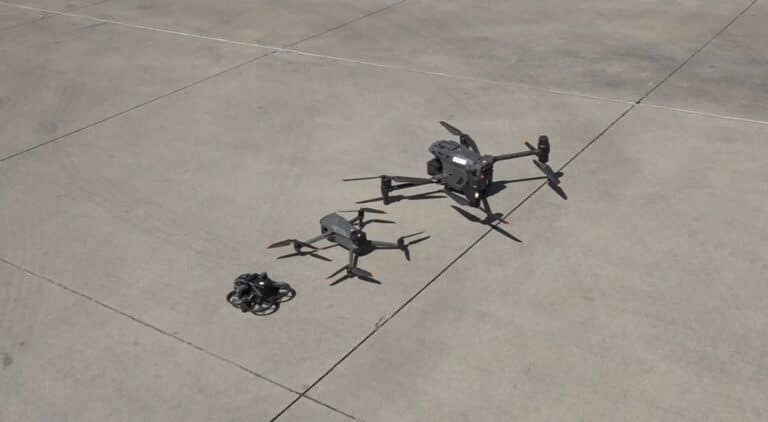

Russian drones over Romania — Zelensky says Russia is expanding the war.
According to the president, one drone penetrated about 10 km into Romanian territory and remained in NATO airspace for nearly 50 minutes. On the same day, Poland carried out a military response to the threat of Russian attack drones.
Throughout the day, Russian drones were spotted across various regions of Ukraine. Preliminary reports indicate that Russia used Belarusian airspace to launch UAVs toward Volyn.
“Russian forces know exactly where their drones are headed and how long they can remain in the air. The flight routes are always calculated. This cannot be an accident, a mistake, or the initiative of lower-level commanders. This is a deliberate expansion of the war by Russia — small steps at first, leading to major losses in the end,” Zelensky emphasized.